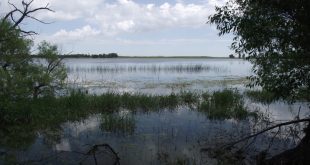The Nebraska state park system offers some fantastic beaches for swimming and wading, and they’re open now! More than two dozen state recreation areas offer a chance for everyone to catch some rays, play in the sand and cool off in the water of lakes and reservoirs during hot days, as long as COVID-19 health guidelines and measures are followed.
Beach swimming is blast! My family and I really enjoy it.

However, drowning in dark water is a real danger. Even folks who know how to swim can drown in the wild environs of a lake or reservoir. Let’s find out how you and your family can have a fun time and stay safe in the water this summer.
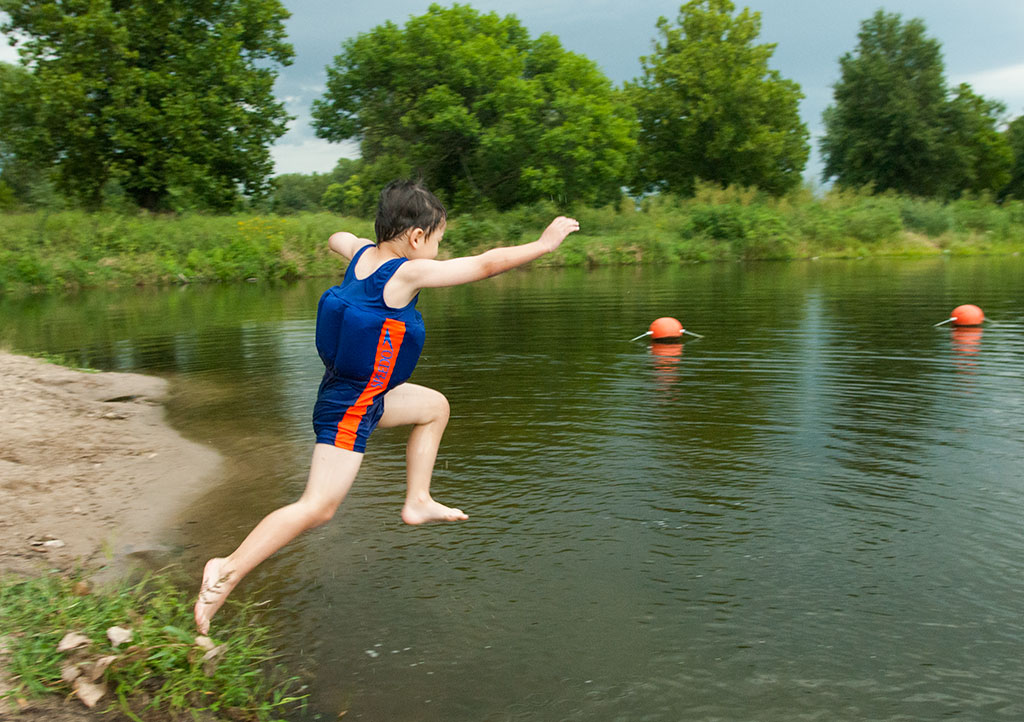
A drowning can happen fast — sometimes in less than two minutes after a person’s head goes under the water. That leaves little time for someone to help. Scott Eveland, conservation officer/boating specialist with the Nebraska Game and Parks Commission based at Lake McConaughy in Keith County, says a drowning is not as it is on television; it happens quickly and quietly.
“It is intensely personal for all involved. That’s why we, as conservation law enforcement officers, are constantly stressing safety and making sure everyone is in compliance with laws and regulations for boating and water recreation,” he said.
“For example, paddle craft like kayaks and stand up paddle boards don’t belong inside of swim beach areas where head injuries to swimmers have been known to occur,” said Eveland. “Keep the paddle craft in the open waters and wear a life jacket!”
Many drownings and near-drownings take place when a person falls, loses their footing or is knocked into the water. Water-related accidents can take place anytime, anywhere and that is why you need to know to be safe around any dark water source and have a life jacket on and buckled up!
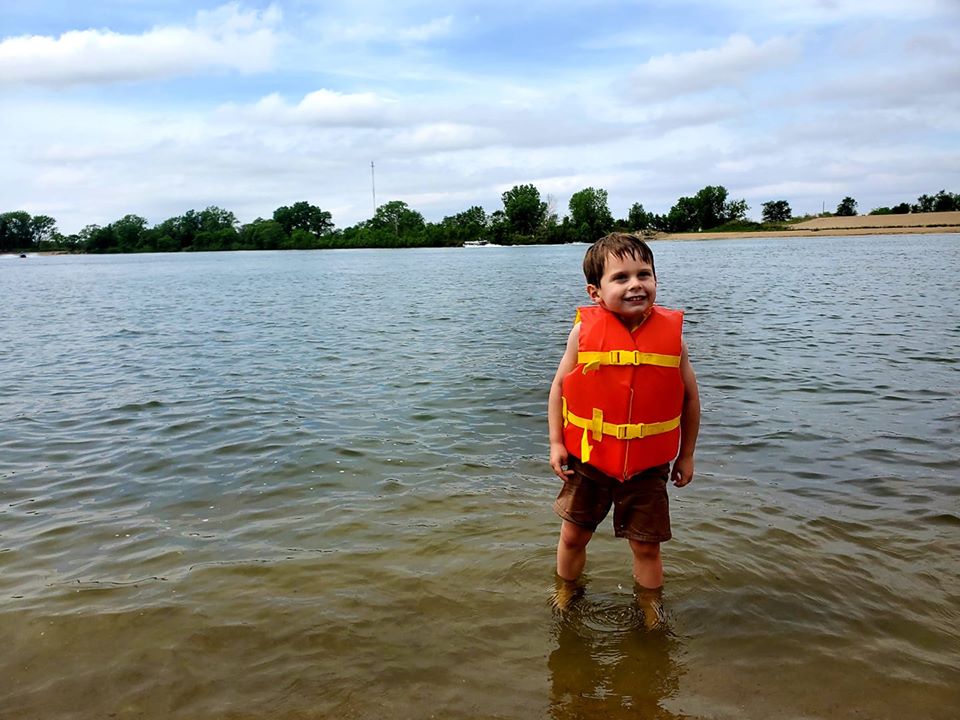
Drowning, which is preventable, is a leading cause of injury-related death in children. Annually, drowning claims the lives of almost 1,000 U.S. youth younger than 20 years, according to American Academy of Pediatrics.
A report from Safe Kids Worldwide and Nationwide’s Make Safe Happen finds that 43 percent of drownings involve children occur in open water. Drowning in pools makes up 38 percent. Data shows that drownings can happen even in the presence of an adult, especially if that adult is distracted, tired or compromised by alcohol or drugs.
Preventing natural water drownings involves ensuring layers of protection that, according to the American Red Cross, include:
*Providing adequate supervision by an adult who is within an arm’s reach. Additionally, adults should be sure to give their undivided attention to the children they are supervising, and should stay off their mobile phones and avoid other distractions.
*Swimming with a buddy, always.
*Being kind to other beach-goers, respect each other’s space on the beach and in the water.
* Using a proper-fitting U.S. Coast Guard-approved personal flotation device or life jacket. It is absolutely necessary!
* Watching for changing or approaching inclement weather.
* Refraining from using alcohol, recreational drugs or mind-altering substances.
* Taking a water safety education classes such as a water survival skills class, boating safety course and swim lessons. Remember that life jackets are not a substitute for swimming ability.
* Entering unknown or shallow water feet first. You do not know what hazards lurk below the surface.
* Learning CPR, as it increases the chance of survival in the event of a drowning incident.
Here are your ‘regulatory refreshers’ for swimming and wading at state recreation area (SRA) beaches:
– A current, valid state park permit is required on all motor vehicles entering state recreation areas (SRAs) for beach swimming. Purchase your state park permit at OutdoorNebraska.gov
– Swimming and wading are permitted in designated areas only. In SRAs, where specific locations along the water have been buoyed and cabled off by Game and Parks staff, swimmers and waders must stay within the boundaries of those locations.
– Swimming and wading activities are unsupervised and go at your own risk.
– The use of flotation devices within designated swimming areas is prohibited, except such devices as are approved by the United States Coast Guard (life jackets).
– The use of surfboards, paddle boards, kayaks, canoes and like craft, and the throwing of frisbees, balls and other similar devices within designated swimming areas is prohibited. Operation of any motorized boats to include personal watercraft is also prohibited within a designated swimming beach area.
– Shallow water or surface diving within designated swimming areas is prohibited.
– Possession of glass food or beverage containers on beach areas is prohibited. Also, tossing or leaving litter along beaches is illegal, either use trash and recycling receptacles where provided or pack it out for proper disposal elsewhere!
– Designated swimming beaches are off-limits to all animals except for seeing-eye and service animals. All other areas, pets must be on leashes 6 feet or under.
– It is unlawful to disturb or damage the nesting sites of protected shorebirds such as the Least Tern and Piping Plover.
– Consumption of alcoholic beverages is not allowed in any designated swimming area. Alcohol consumption is not allowed at Willow Creek Reservoir SRA and possession of alcohol is not permitted at Lake McConaughy and Lake Ogallala SRAs.
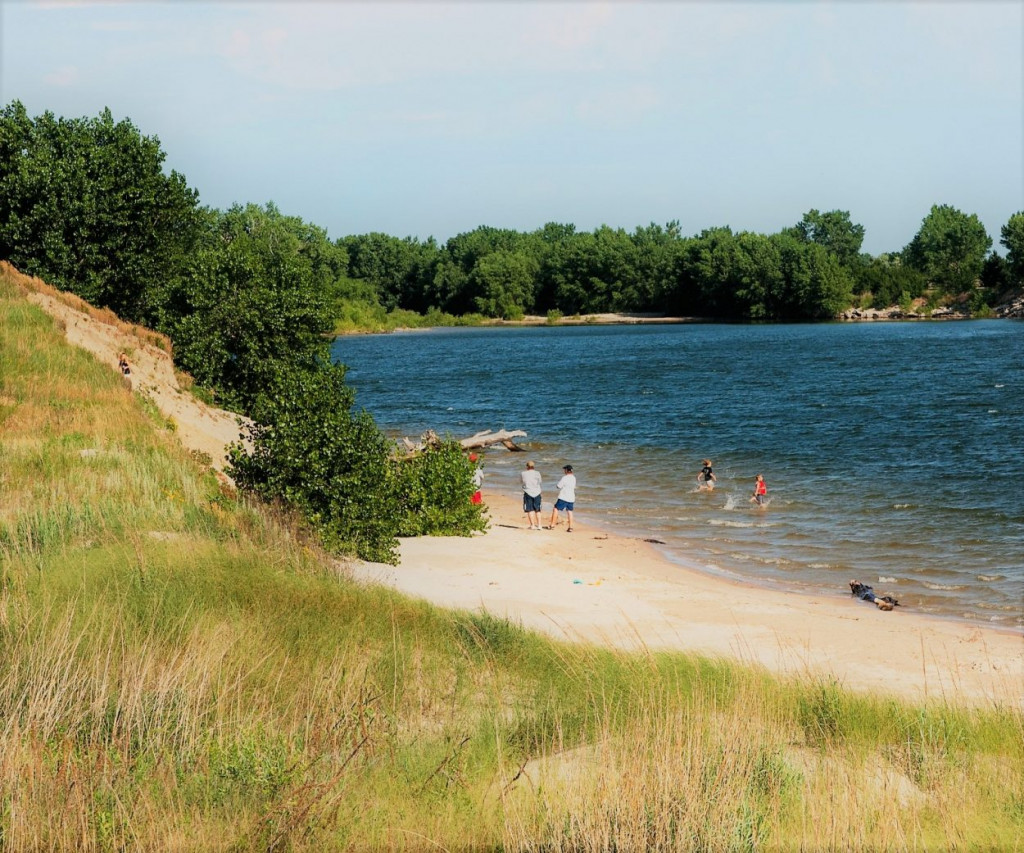
So, now you are ready to buy your state park permit, pack your swimsuit, life jacket, sun block and a picnic lunch, and then come make pleasant memories splashing the heat away safely at one or more of our Nebraska state recreation area beaches! Get more information about state recreation areas here.
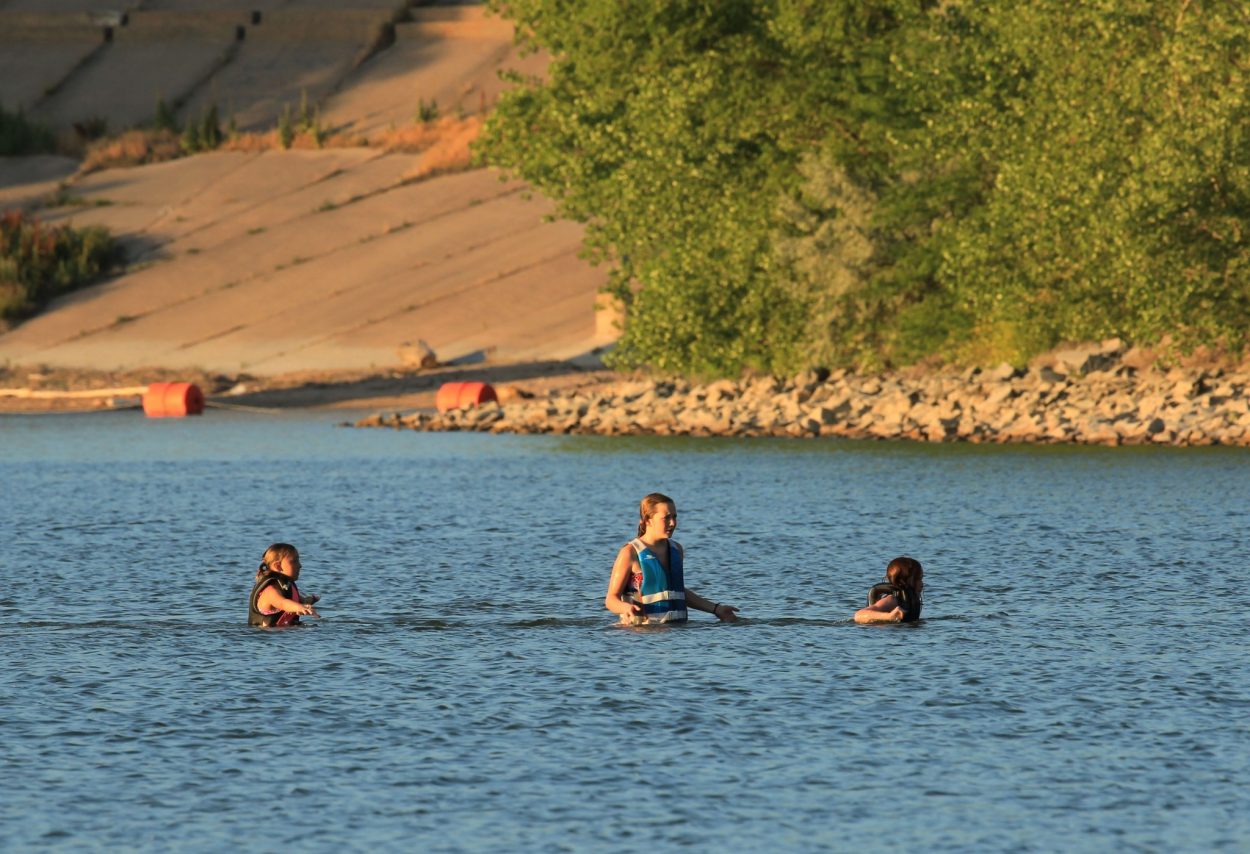
 Nebraskaland Magazine
Nebraskaland Magazine


